Exclamation Mark Symbol Car
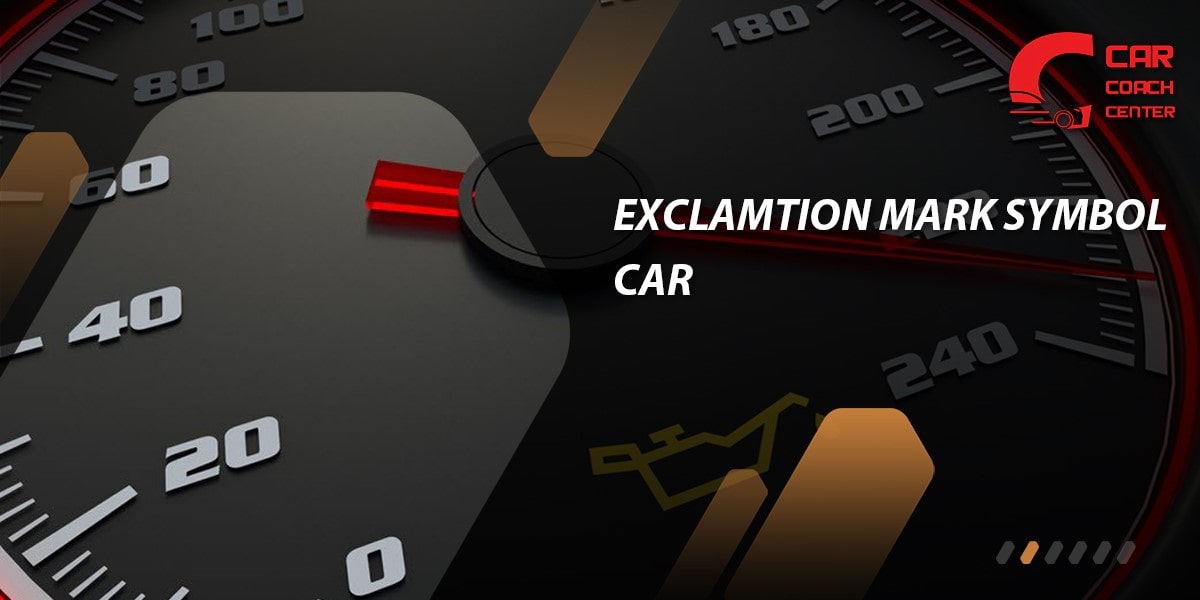
When you’re driving, it’s essential to pay attention to the various warning symbols on your car’s dashboard. These symbols act as crucial indicators, alerting you to potential issues or malfunctions within your vehicle. One such symbol that often catches drivers’ attention is the exclamation mark symbol.
In this comprehensive guide, we will delve into the meaning behind the exclamation mark symbol and explore the common problems associated with it. By the end, you’ll have a better understanding of what action to take when this warning appears on your car’s dashboard.

Understanding the Exclamation Mark Symbol
The exclamation mark symbol is a widely recognized warning symbol found on the dashboard of many vehicles. When it illuminates, it signifies that there is a problem or potential issue that requires your attention. The symbol itself consists of a circle with an exclamation mark in the center, typically colored in red or amber. To accurately address the problem, it is crucial to understand the various reasons why this warning may appear. Let’s explore some of the common causes associated with the exclamation mark symbol.
- Low Tire Pressure
One of the most frequent reasons for the exclamation mark symbol is low tire pressure. When your tires are underinflated, it affects the vehicle’s handling, fuel efficiency, and overall safety. The exclamation mark symbol, in this case, indicates that one or more tires have pressure below the recommended level. It’s important not to ignore this warning, as driving with low tire pressure can lead to tire damage, reduced traction, and even blowouts. To address this issue:
. Check tire pressure: Use a tire pressure gauge to measure the pressure in each tire, including the spare tire if applicable. Refer to your vehicle’s manual for the recommended tire pressure values.
. Inflate the tires: If the pressure is low, visit a gas station or use an air compressor to inflate the tires to the correct pressure level.
. Inspect for leaks or punctures: If you notice recurring low tire pressure, there may be a leak or puncture. Inspect the tires visually or seek professional assistance to identify and repair any damage.
- Brake System Issues
Another critical cause of the exclamation mark symbol is related to the brake system. The symbol appearing alongside the text “BRAKE” or “BRAKE SYSTEM” indicates a problem with the brakes. Your vehicle’s brakes are crucial for safe operation, and any issues should be addressed promptly. Some possible brake system problems include:
– Worn brake pads or shoes
– Brake fluid leakage or low fluid level
– Malfunctioning brake calipers or cylinders
– Faulty brake master cylinder
– ABS (Anti-lock Braking System) malfunctions
To tackle brake system issues effectively:
. Inspect brake pads/shoes: Visually assess the brake pads or shoes for excessive wear. If the pads are worn down or the shoes are thin, they need to be replaced.
. Check brake fluid: Locate the brake fluid reservoir under the hood and check the fluid level. If it’s low, top it up with the recommended brake fluid.
. Address leaks: If you notice brake fluid leaks or suspect a leakage issue, it’s essential to have a professional mechanic inspect and repair the system.
. Seek ABS diagnostics: If the exclamation mark symbol is accompanied by the ABS warning, there may be an ABS malfunction. Consult a professional technician to diagnose and resolve the ABS-related problem.
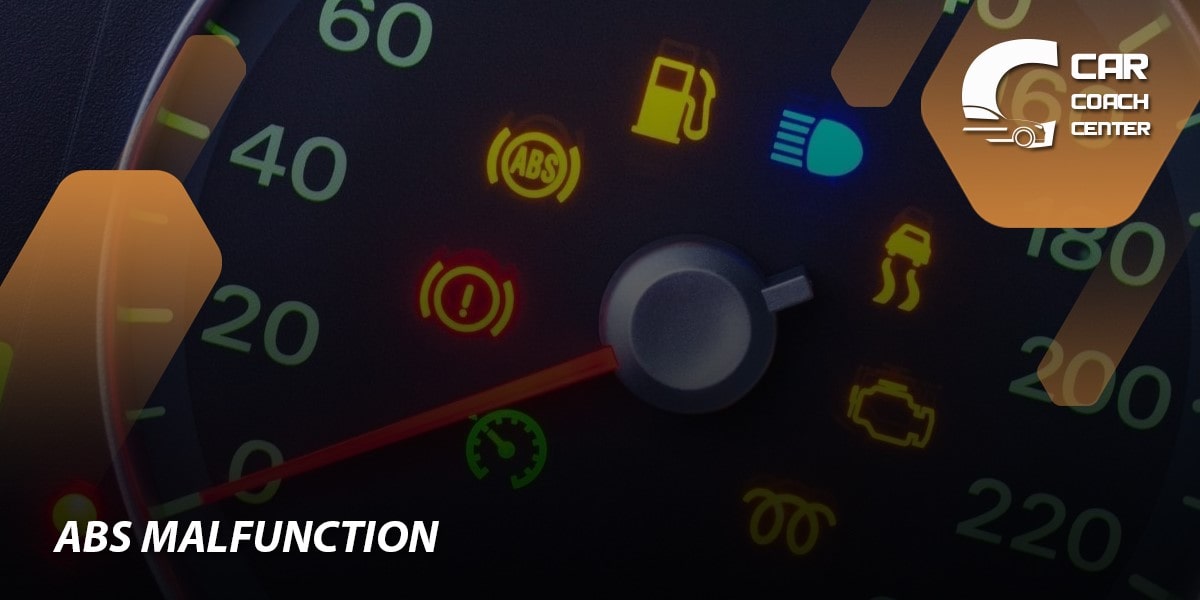
- ABS Malfunction
The Anti-lock Braking System (ABS) plays a crucial role in maintaining control and stability during braking. When the exclamation mark symbol appears alongside the ABS icon, it indicates a potential issue with this safety system. Here are some steps to consider when dealing with ABS malfunctions:
. Check ABS fuse: Locate the ABS fuse in the fuse box and inspect it for any signs of damage or blown fuse. Replace it if necessary.
. Reset the system: In some cases, an ABS malfunction can be temporary. Turn off the ignition, wait for a few minutes, and restart the vehicle to see if the warning disappears.
. Perform a visual inspection: Examine the ABS sensors and their wiring for any visible damage. Clean the sensors to remove dirt or debris that could affect their performance.
. Professional diagnosis: If the ABS warning persists, it’s recommended to have the vehicle diagnosed by a qualified technician using specialized diagnostic equipment.
- Electronic Stability Control (ESC) Faults
The Electronic Stability Control (ESC) system enhances vehicle stability and helps prevent skidding and loss of control in hazardous driving situations. If the exclamation mark symbol appears alongside the ESC icon, it indicates a potential fault in this system. Here’s what you can do to address ESC faults:
. Reset the system: Similar to ABS malfunctions, a temporary ESC fault may be resolved by turning off the ignition, waiting for a few minutes, and restarting the vehicle.
. Inspect wheel speed sensors: The ESC system relies on wheel speed sensors to function properly. Check these sensors for any damage or debris that might affect their operation. Clean them if necessary.
. Address wheel alignment issues: Improper wheel alignment can trigger ESC faults. Have a professional technician check and adjust the wheel alignment if needed.
. Professional diagnosis: If the ESC warning persists, it’s crucial to have the vehicle inspected by a qualified technician who can use diagnostic tools to identify and resolve the underlying issue.
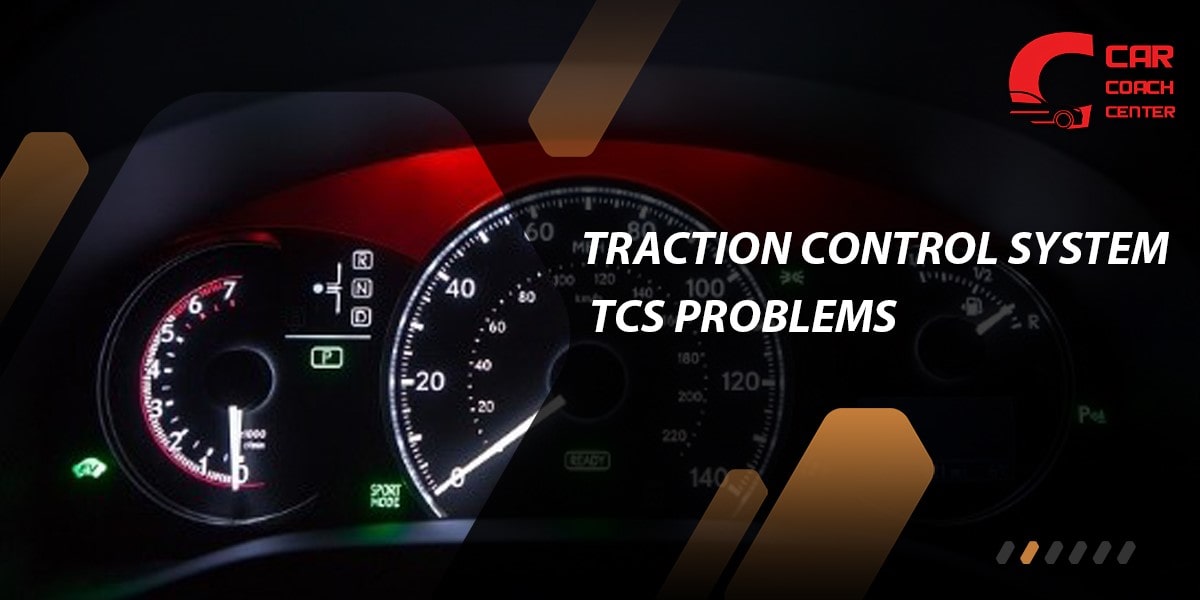
- Traction Control System (TCS) Problems
The Traction Control System (TCS) works hand in hand with the ESC system to improve traction and stability while driving. If the exclamation mark symbol appears alongside the TCS icon, it indicates a potential problem with the TCS. Here’s what you can do to address TCS problems:
. Reset the system: As with ABS and ESC malfunctions, try resetting the system by turning off the ignition, waiting for a few minutes, and then restarting the vehicle.
. Check wheel speed sensors: Just like the ESC system, the TCS relies on wheel speed sensors. Examine these sensors for any damage or debris and clean them if necessary.
. Inspect tires: Ensure that the tires have sufficient tread depth and are in good condition. Worn or damaged tires can affect the TCS performance. Consider replacing them if needed.
. Professional diagnosis: If the TCS warning continues to appear, it’s recommended to have the vehicle examined by a qualified technician who can perform in-depth diagnostics and repairs.
- Transmission Issues
In some cases, the exclamation mark symbol can indicate problems related to the transmission system. Transmission issues can range from minor problems to more severe mechanical failures. Here are some steps to consider when dealing with transmission-related warnings:
. Check transmission fluid: Locate the transmission fluid dipstick (refer to your vehicle’s manual) and check the fluid level and condition. Low fluid level or dirty fluid can cause transmission problems. If necessary, add or replace the fluid following the manufacturer’s recommendations.
. Inspect for leaks: Transmission fluid leaks can lead to low fluid levels and potential damage to the transmission system. Look for signs of leakage and address any identified issues promptly.
. Consider a transmission service: If your vehicle has reached the recommended mileage for a transmission service, it might be beneficial to have the transmission fluid and filter changed. This can help prevent future problems.
. Seek professional assistance: If the exclamation mark symbol persists, or if you experience abnormal shifting, slipping, or other transmission-related issues, it’s crucial to consult a professional mechanic or transmission specialist for a detailed diagnosis and repair.
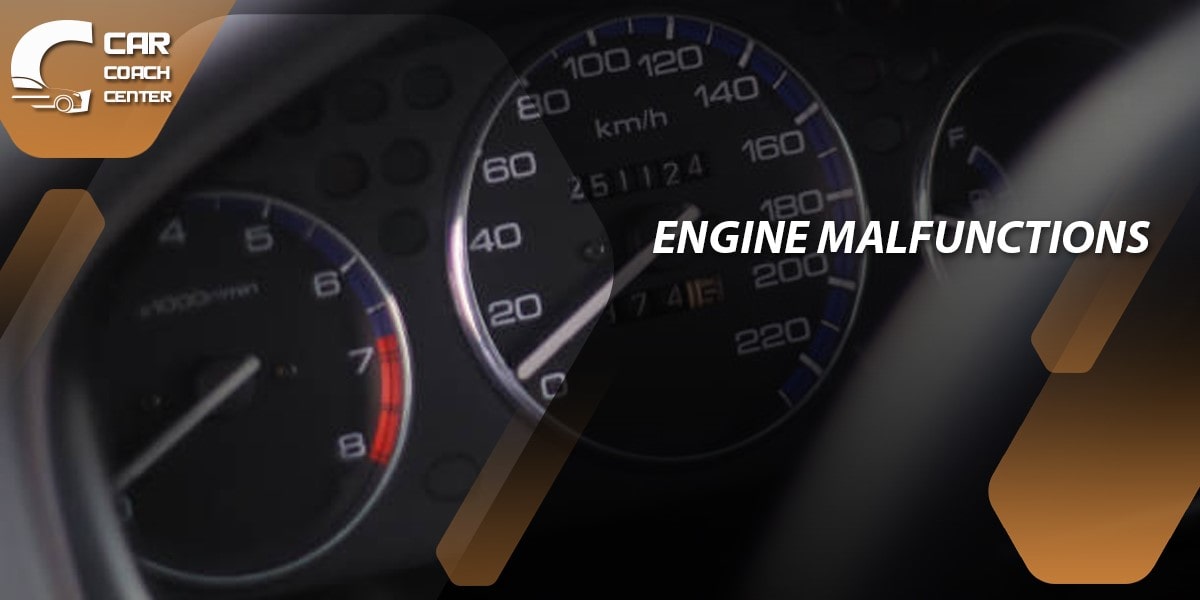
- Engine Malfunctions
The exclamation mark symbol can also indicate problems with the engine or its components. Engine malfunctions can range from minor issues, such as a loose gas cap, to more significant problems that require immediate attention. Here’s what you can do when faced with engine-related warnings:
. Check the gas cap: Believe it or not, a loose or improperly secured gas cap can trigger the check engine light and the exclamation mark symbol. Make sure the gas cap is tightened securely.
. Inspect engine-related components: Visually inspect the engine compartment for any obvious signs of damage, loose connections, or worn-out components. Pay attention to the ignition system, spark plugs, and vacuum hoses.
. Address simple fixes: If the symbol appears without any noticeable performance issues, you can try disconnecting the vehicle’s battery for a few minutes to reset the engine control module (ECM). However, note that this may erase certain settings and radio presets.
. Seek professional diagnostics: For persistent engine-related warnings or if you experience performance issues such as rough idling, misfires, or reduced power, it’s essential to have a qualified mechanic perform a comprehensive engine diagnosis using specialized diagnostic tools.
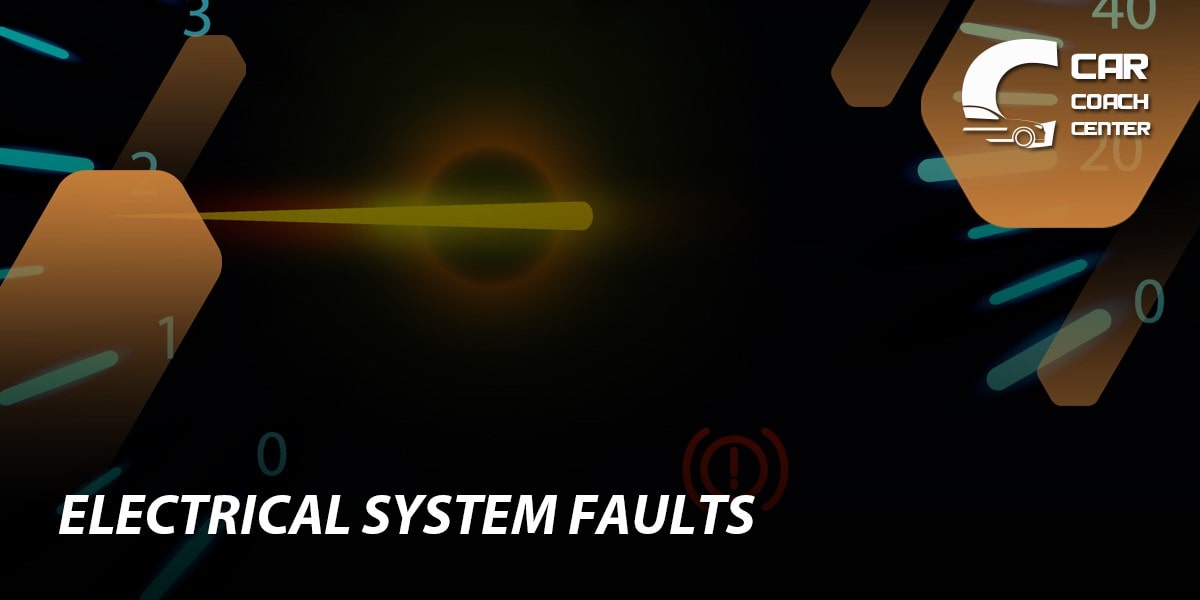
- Electrical System Faults
The exclamation mark symbol can also be associated with various electrical system faults. These can include issues with the charging system, battery, or other electrical components. Here’s what you can do to address electrical system problems:
. Check battery connections: Ensure that the battery terminals are clean, tight, and free from corrosion. Loose or corroded connections can cause electrical system malfunctions.
. Inspect the battery: Examine the battery for any visible signs of damage or deterioration. If the battery is old or showing signs of failure, it may need to be replaced.
. Test the charging system: A faulty alternator or charging system can trigger the exclamation mark symbol. To assess the charging system:
. Check battery voltage: Use a multimeter to measure the voltage across the battery terminals. A fully charged battery should read around 2.6 volts. If the voltage is significantly lower, it may indicate a charging system problem.
. Inspect the alternator: Examine the alternator for any signs of damage or loose connections. A malfunctioning alternator can lead to battery drain and electrical system issues.
. Visit a professional: If you suspect a charging system problem or if the exclamation mark symbol persists, it’s recommended to visit a qualified technician who can perform a comprehensive electrical system diagnosis and perform the necessary repairs.

Other Potential Causes
While the aforementioned causes are some of the most common reasons for the exclamation mark symbol, it’s important to note that different car models and manufacturers may have additional unique warnings associated with this symbol. Some other potential causes may include:
– Low windshield washer fluid: In some vehicles, the exclamation mark symbol can indicate low windshield washer fluid. Check the fluid level and refill as needed.
– Seatbelt reminder: The exclamation mark symbol often accompanies the seatbelt reminder, indicating that one or more passengers have not buckled their seatbelts. Ensure that all occupants are properly restrained.
– Airbag system issues: In certain cases, the exclamation mark symbol may indicate a problem with the airbag system. It’s crucial to have airbag faults diagnosed and repaired by a qualified technician for proper safety.

Conclusion
Understanding the meaning behind the exclamation mark symbol on your car’s dashboard is vital for maintaining your vehicle’s safety and reliability. Whether it’s low tire pressure, brake system issues, ABS malfunctions, or other potential causes, promptly addressing the underlying problems is crucial to ensure your safety on the road.
Remember to consult your vehicle’s manual for specific information related to your car’s make and model. If you encounter the exclamation mark symbol or any other warning indicators, it’s always recommended to seek professional assistance from a trusted automotive service provider.
Remember, for more expert advice and assistance with your car maintenance needs, visit Car Coach Center at carcoachcenter.com.
What does the exclamation mark symbol on my car's dashboard mean?
It indicates various issues like low tire pressure, brake system faults, or ABS malfunctions.
How can I troubleshoot the exclamation mark symbol?
Check tire pressure, inspect brake fluid level, and consult a professional if the issue persists.
Are there other potential causes for the exclamation mark symbol?
Yes, it can also indicate low windshield washer fluid, seatbelt reminders, or airbag system problems.


